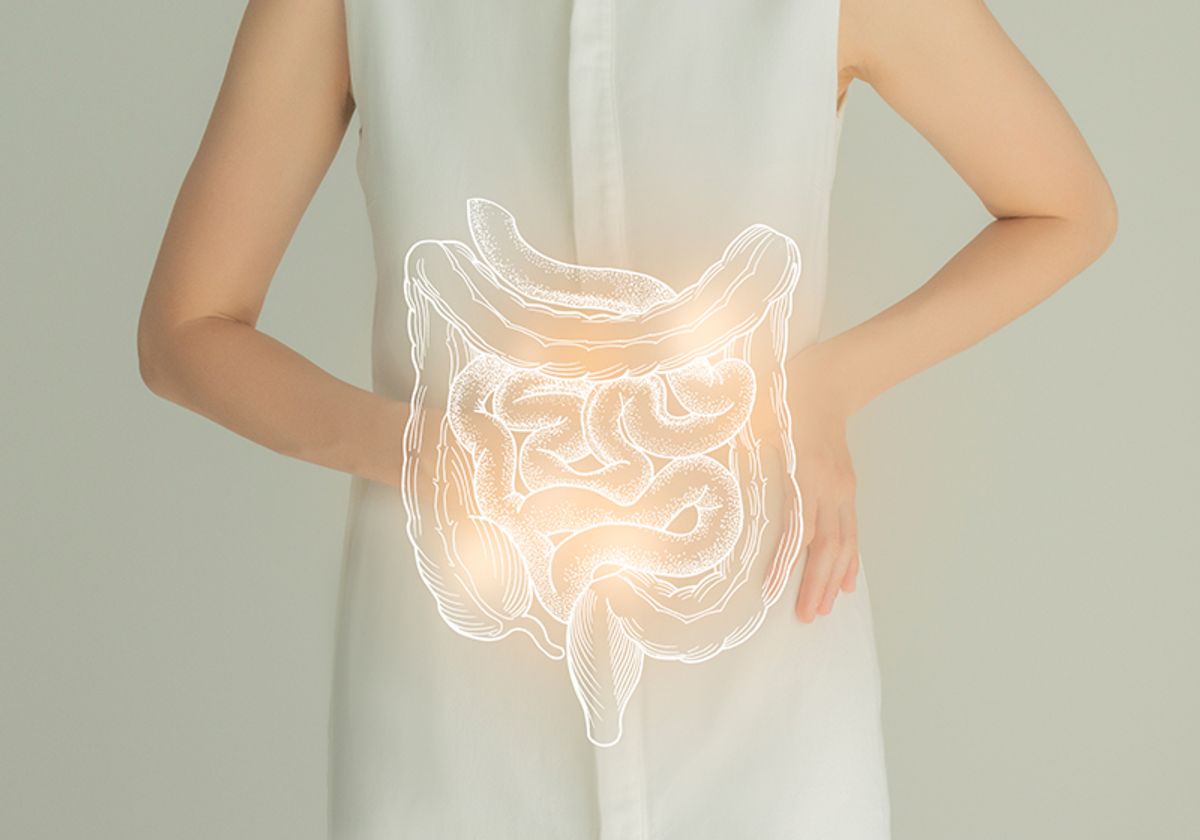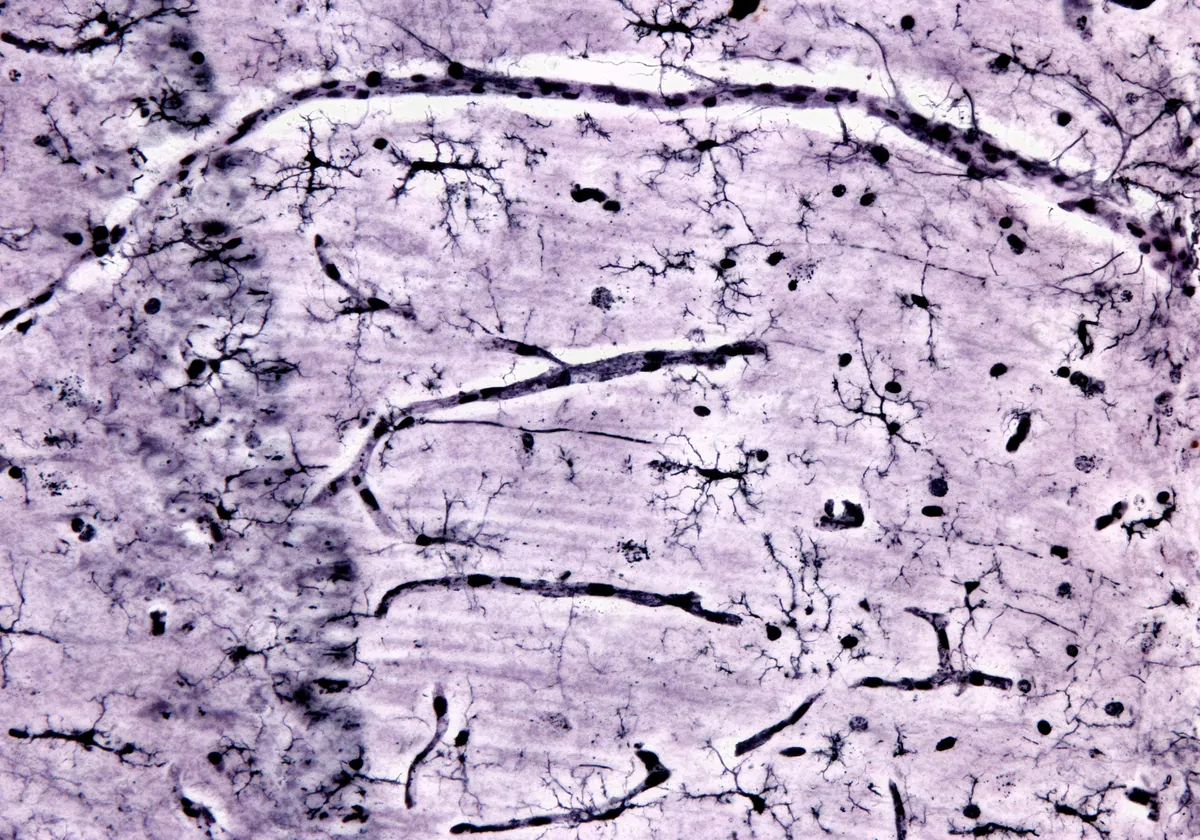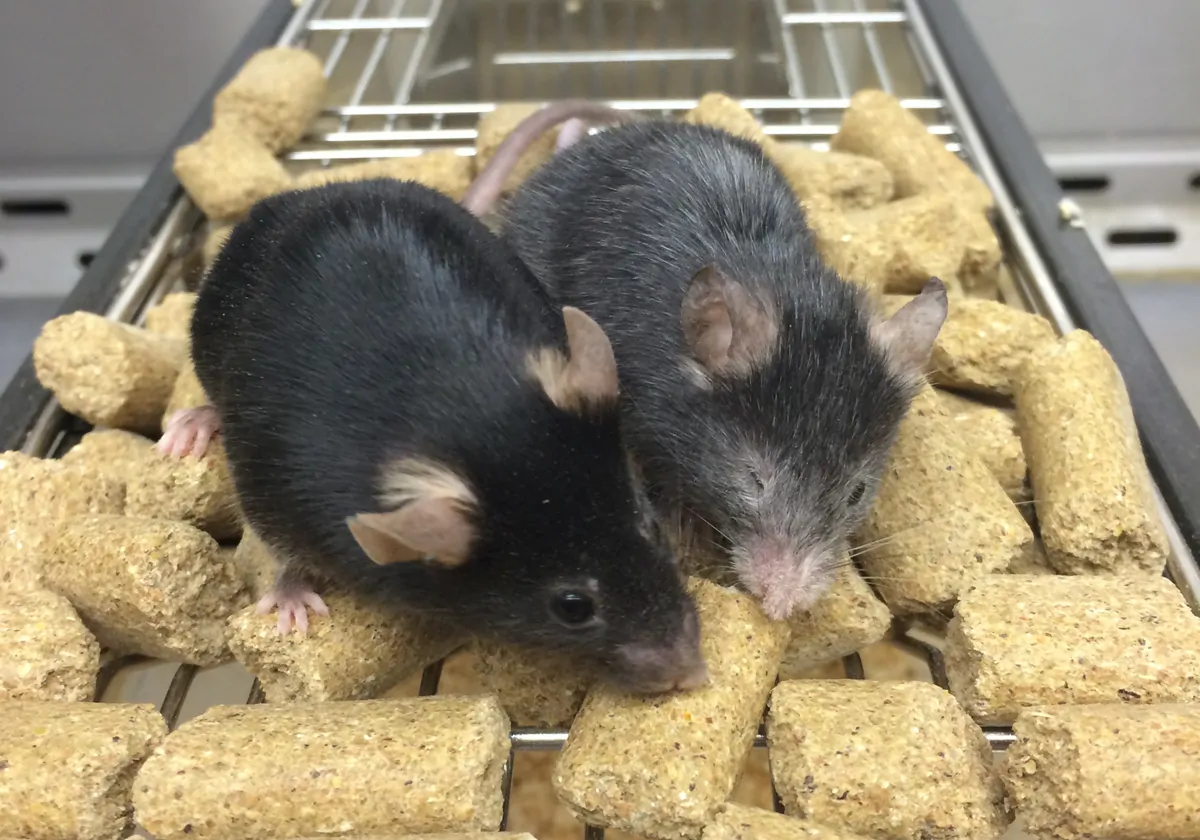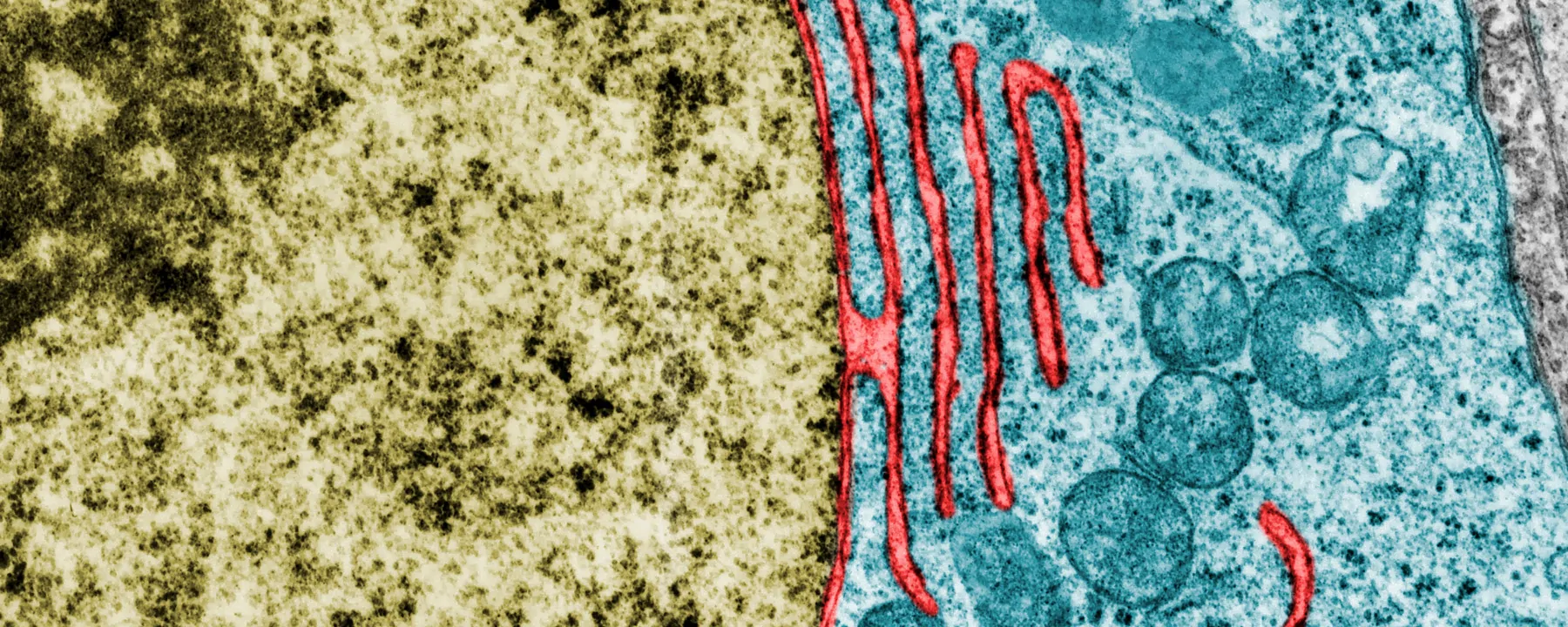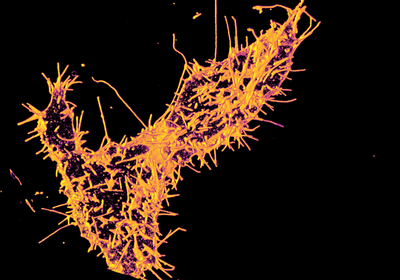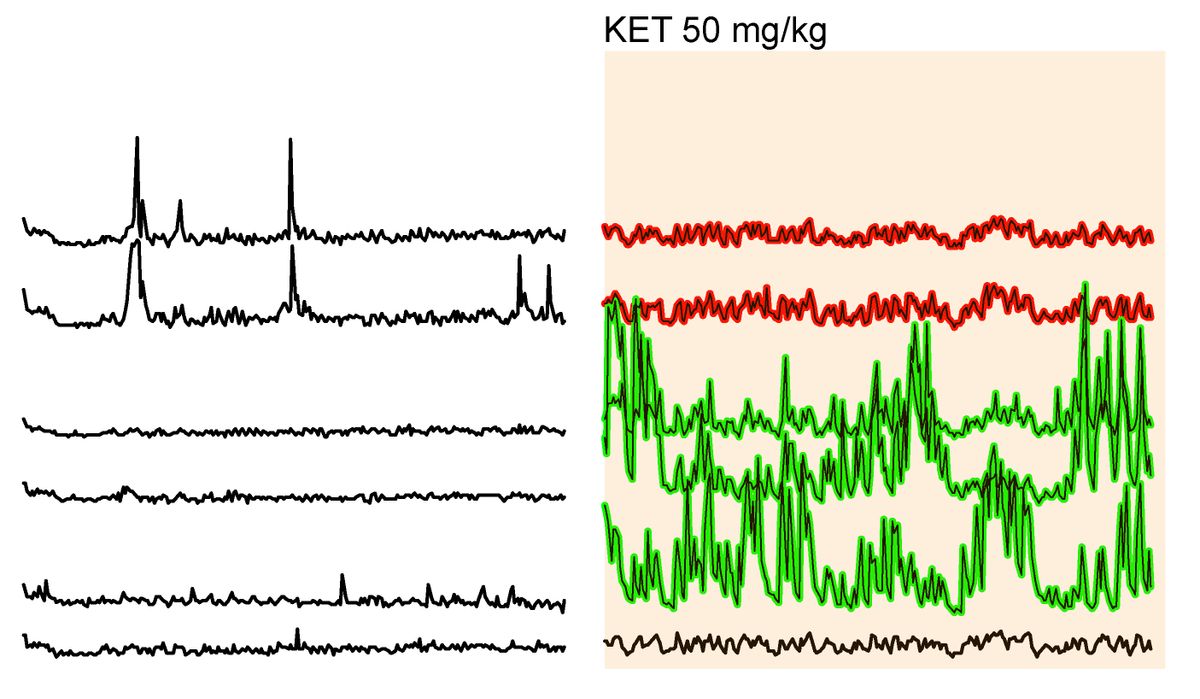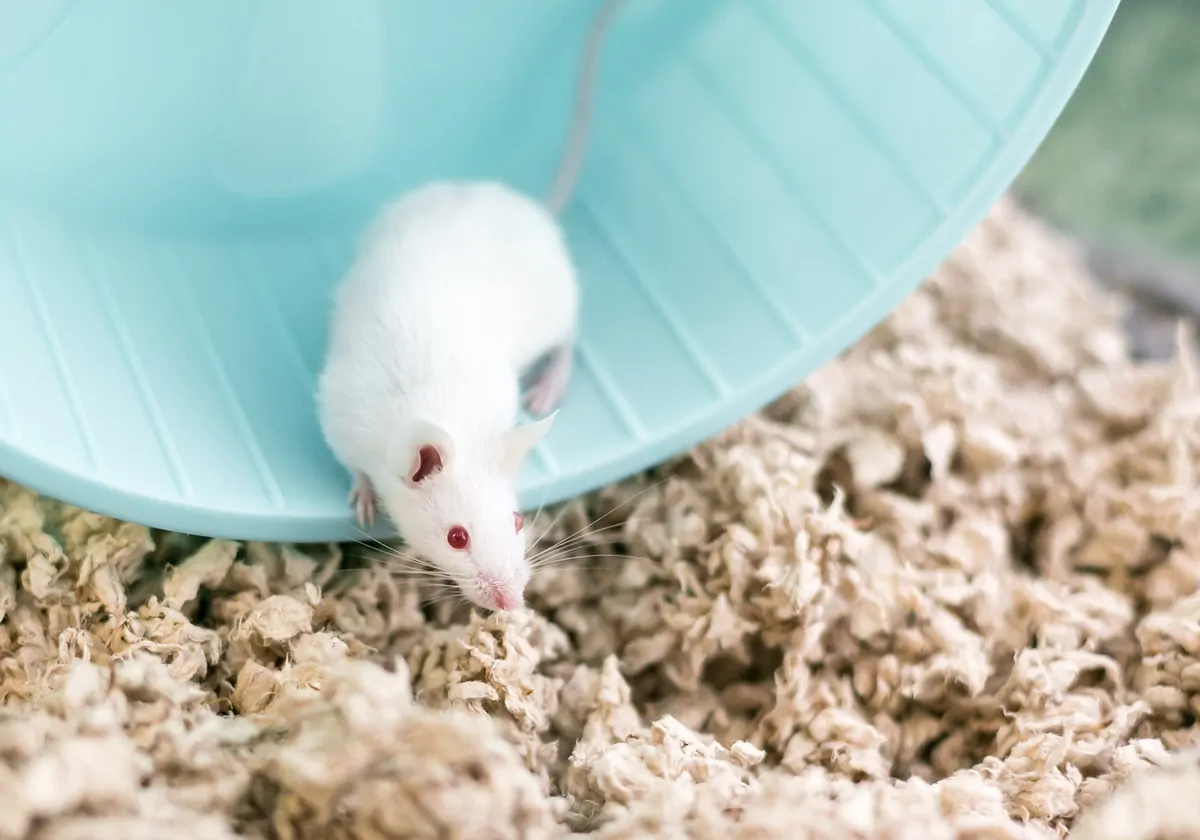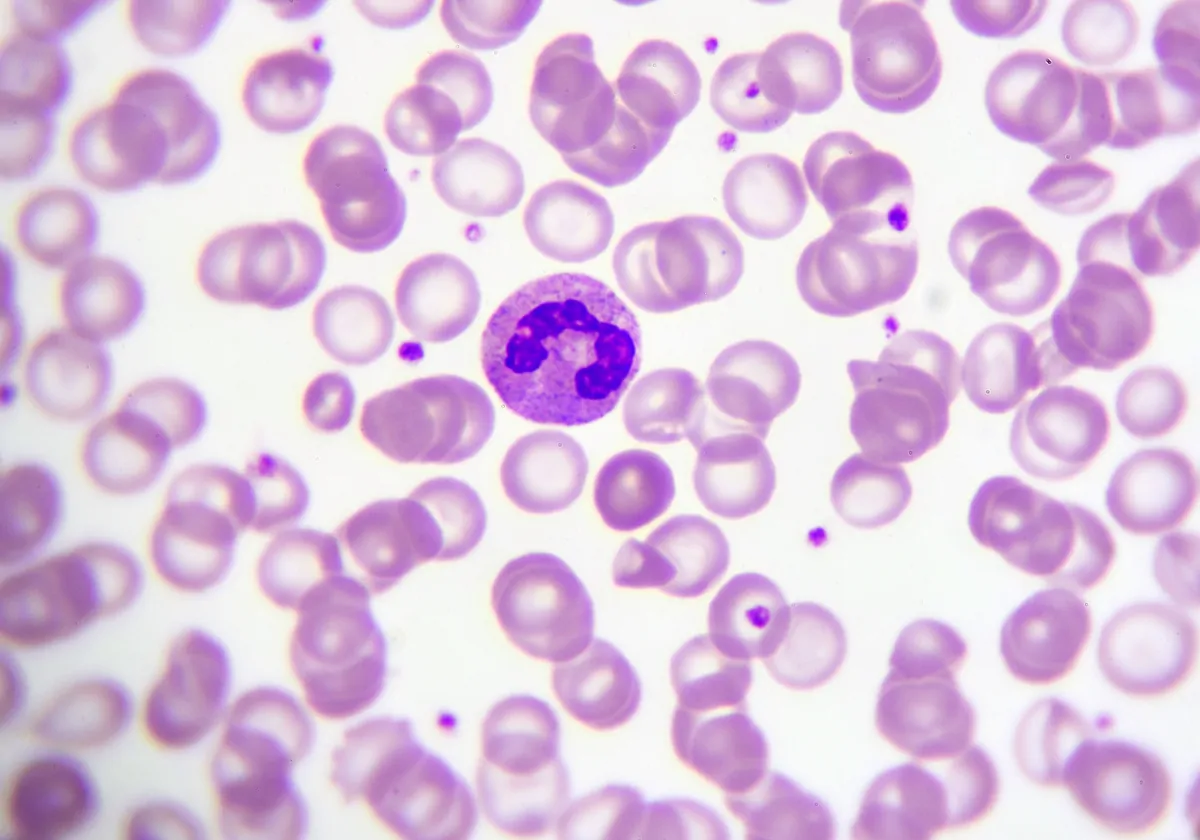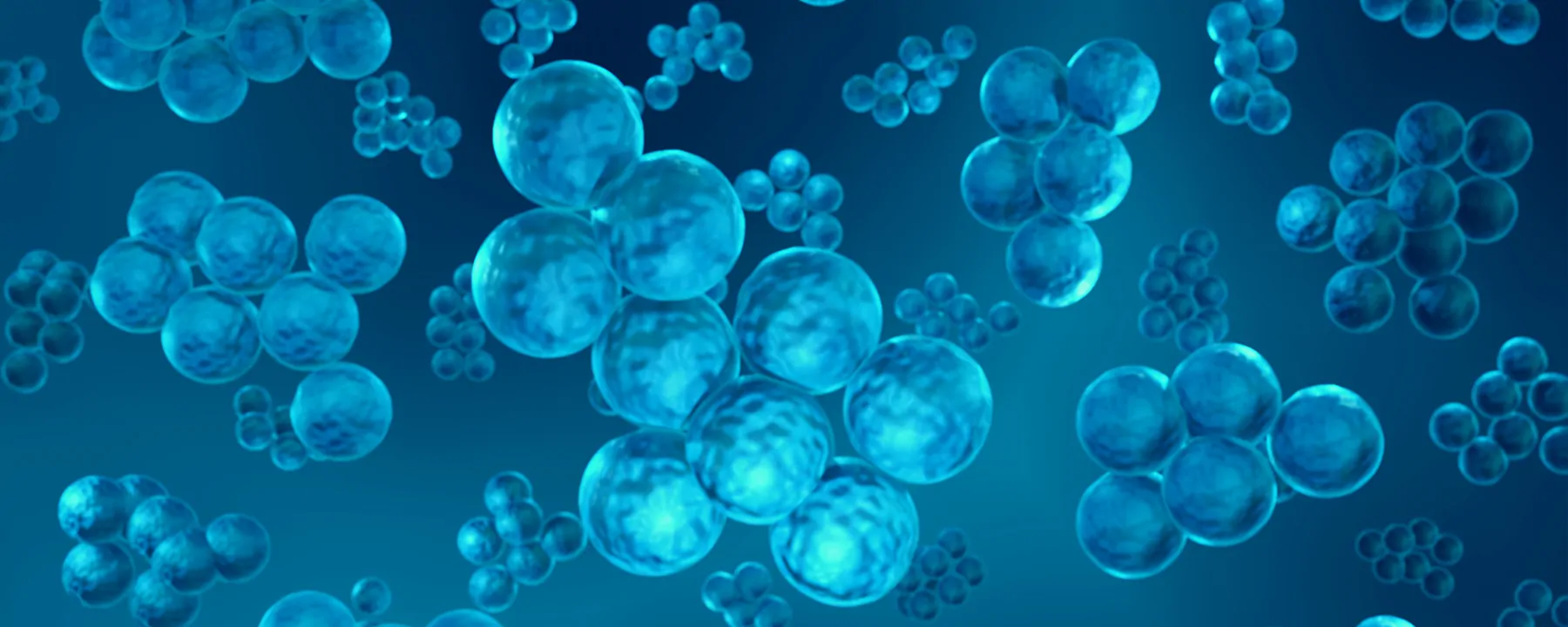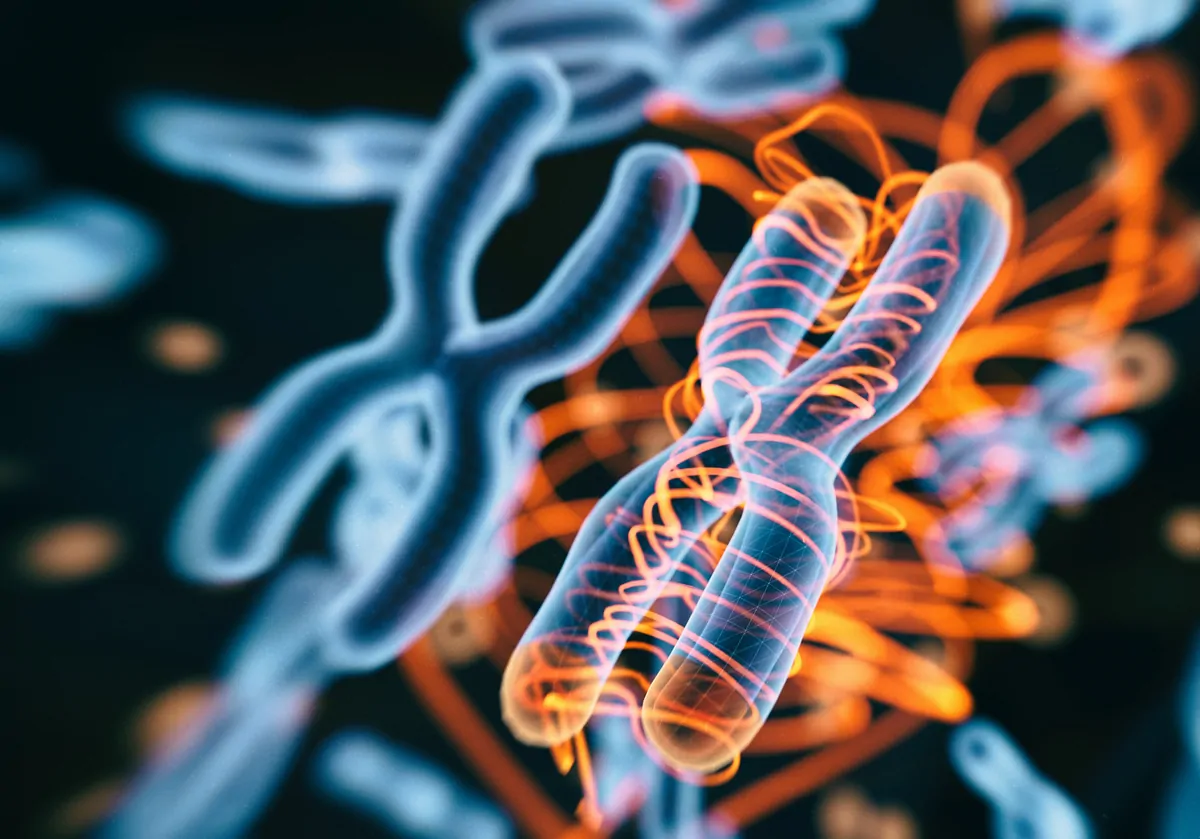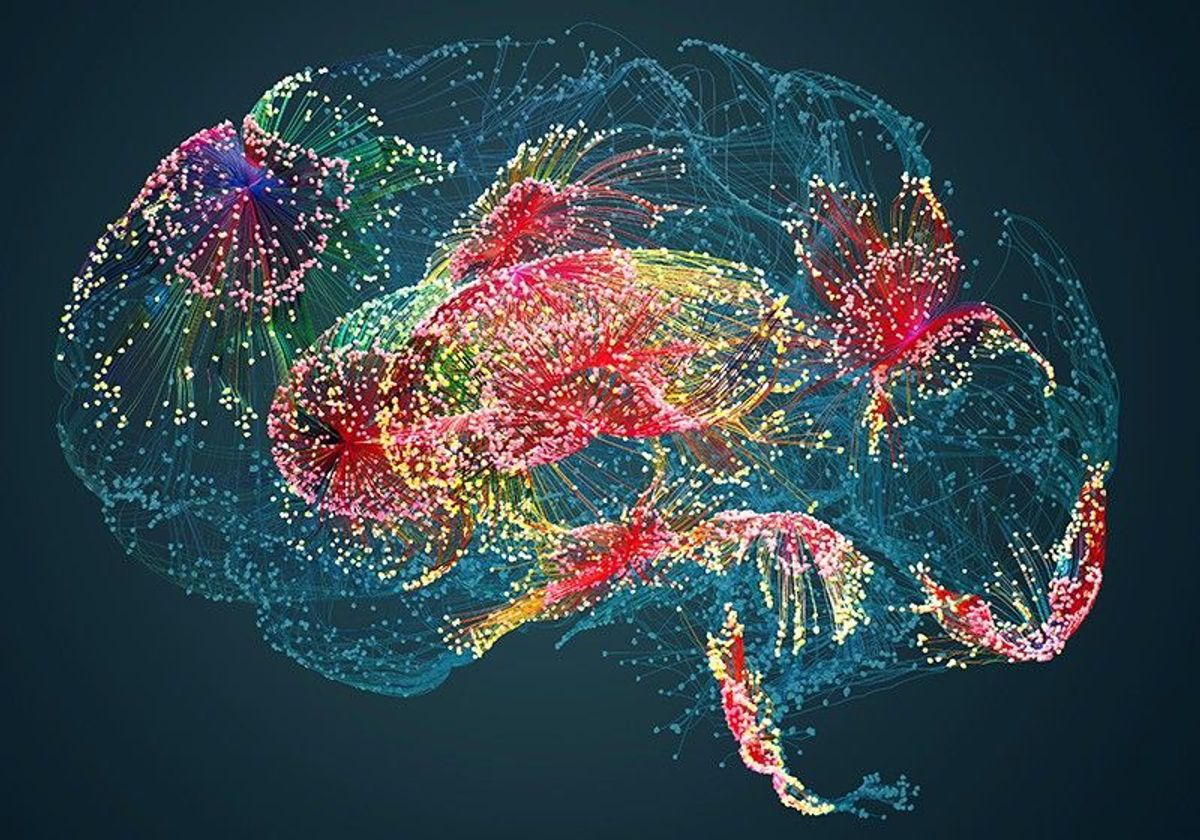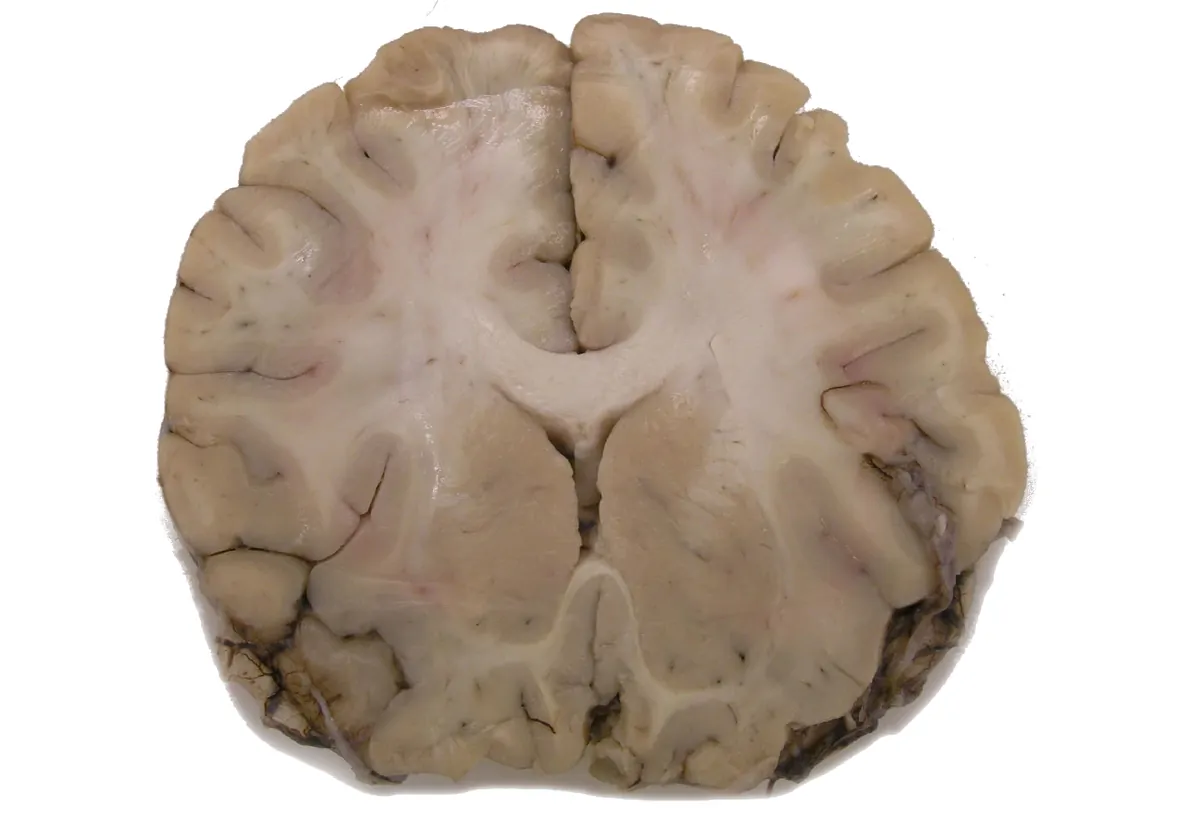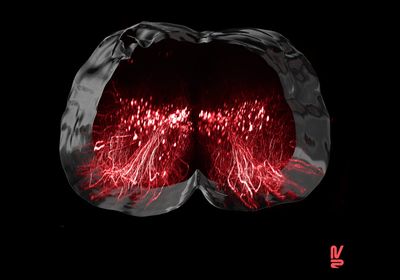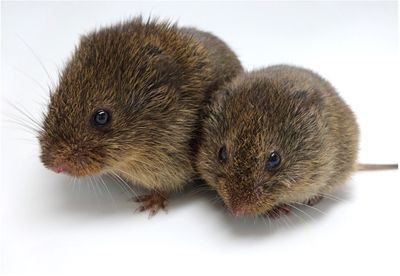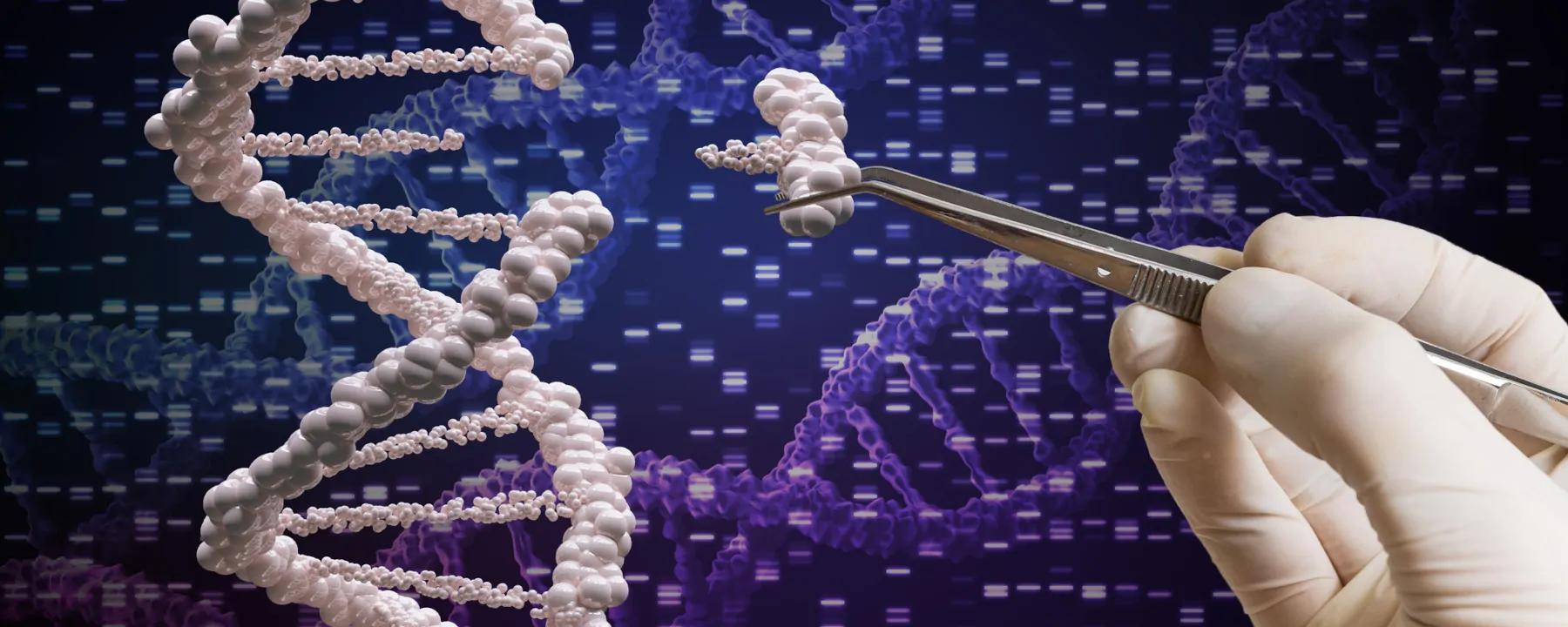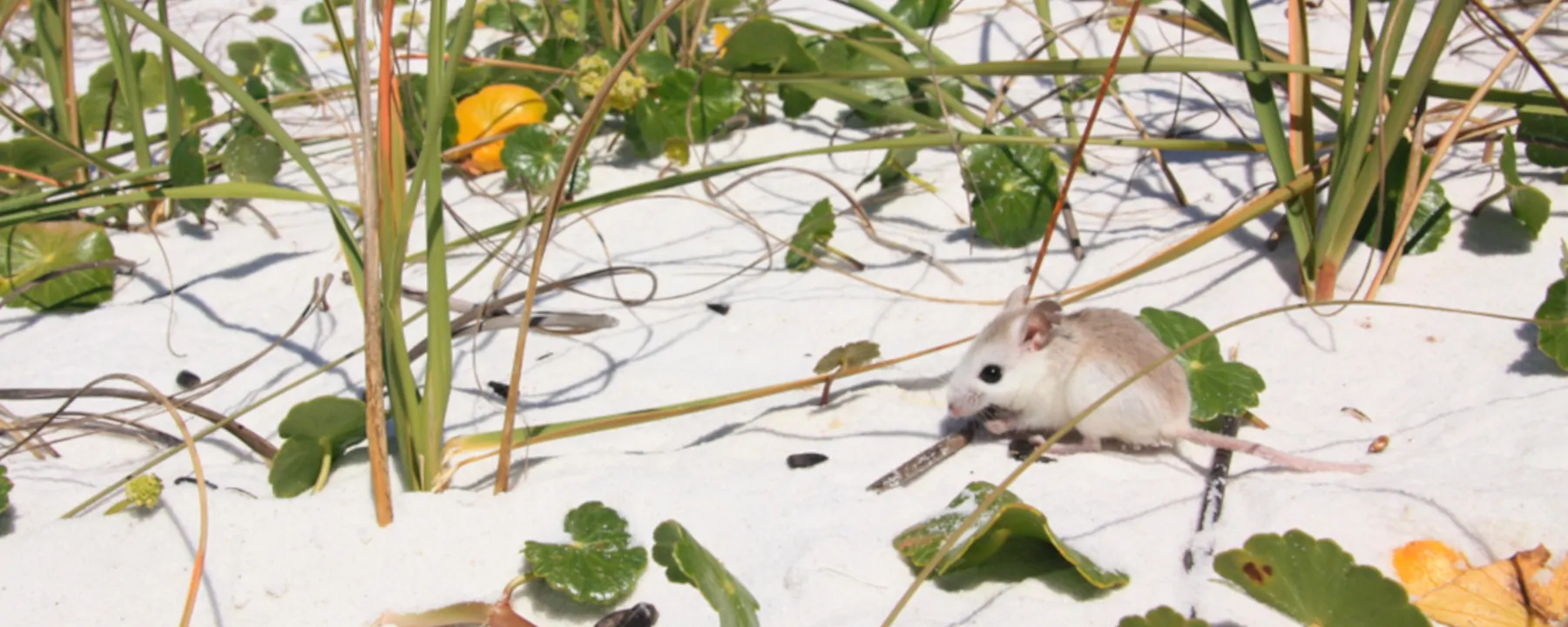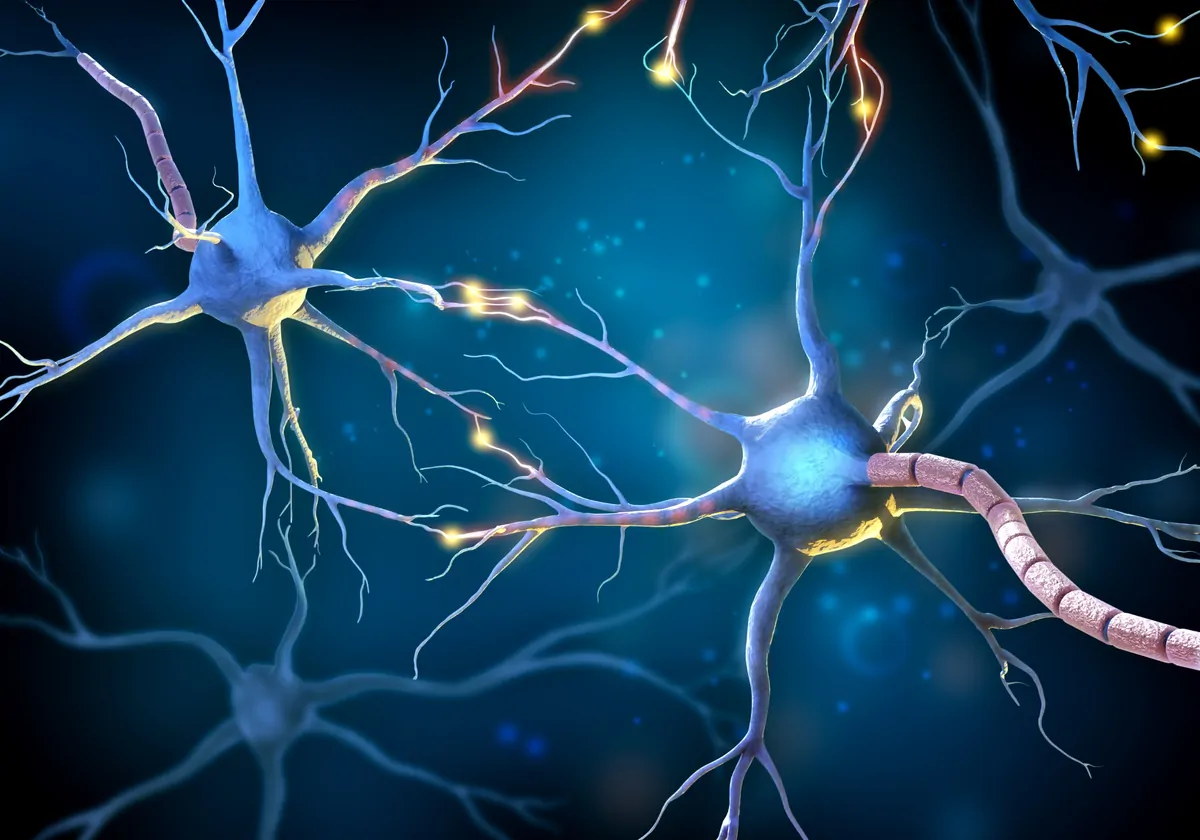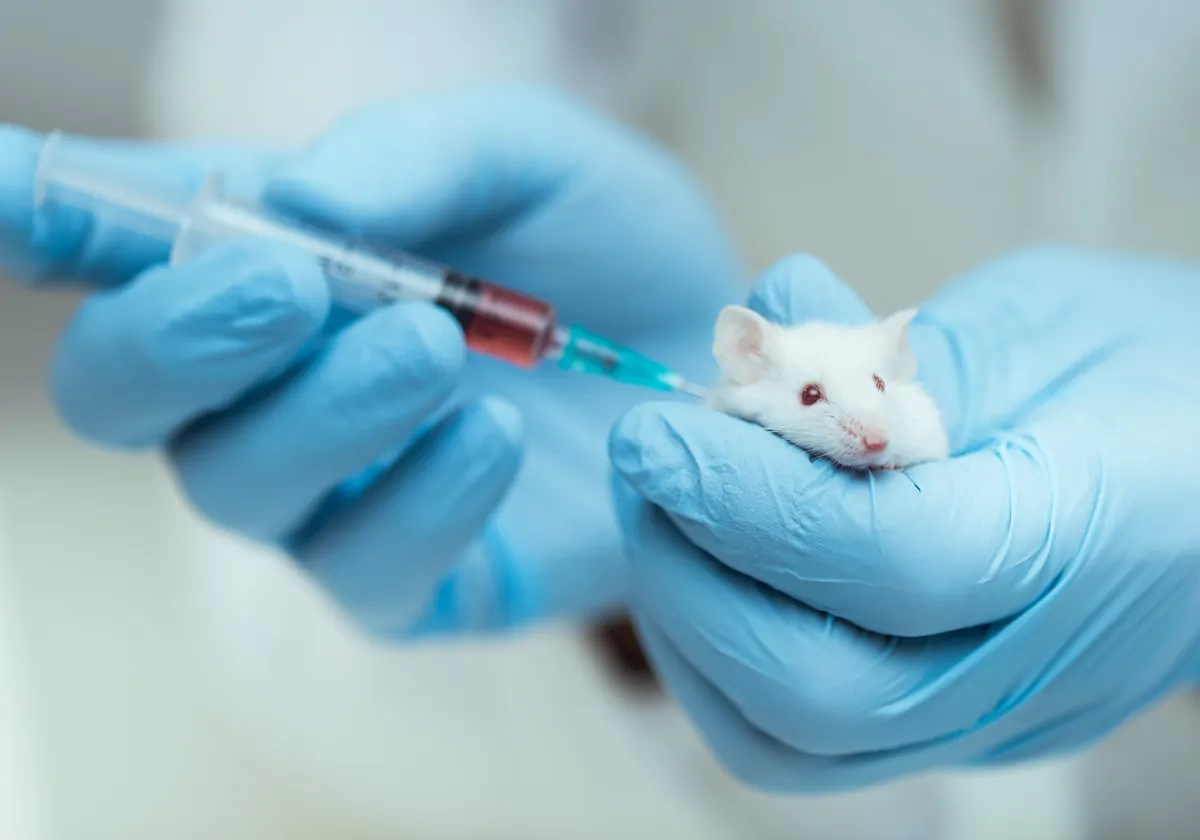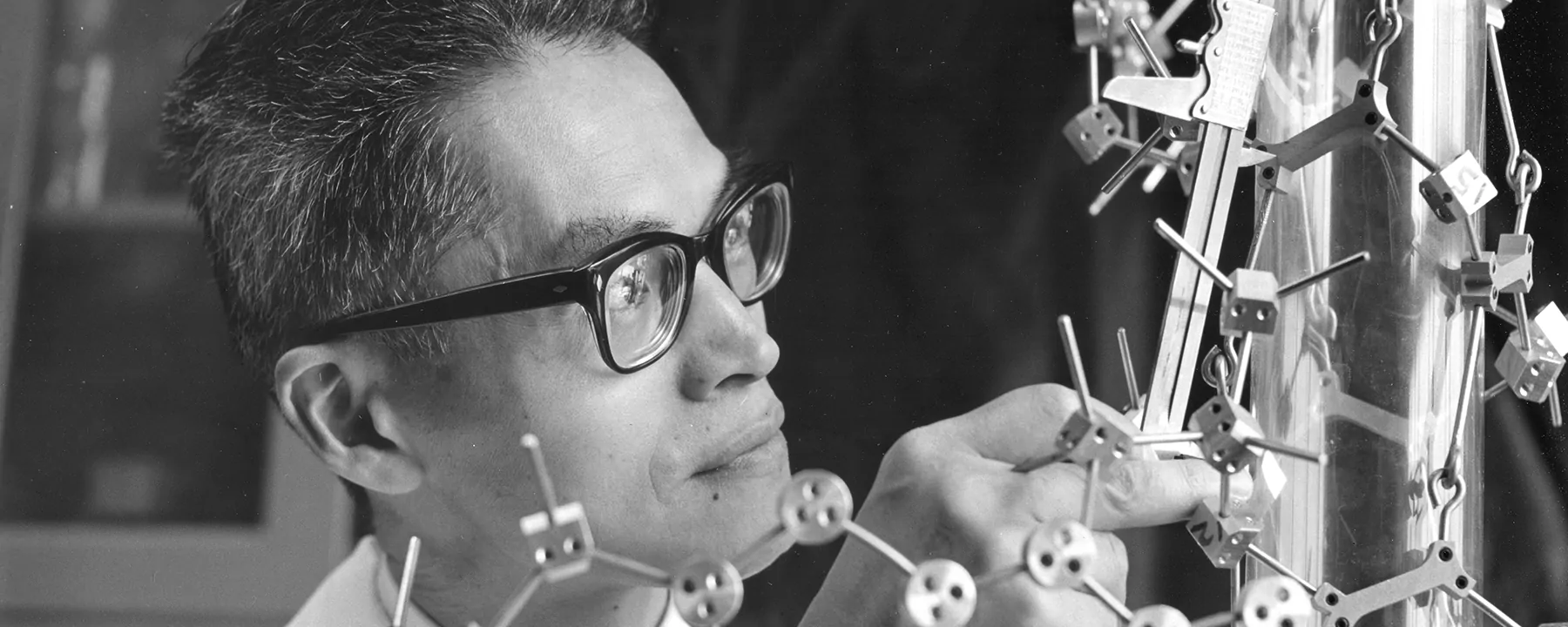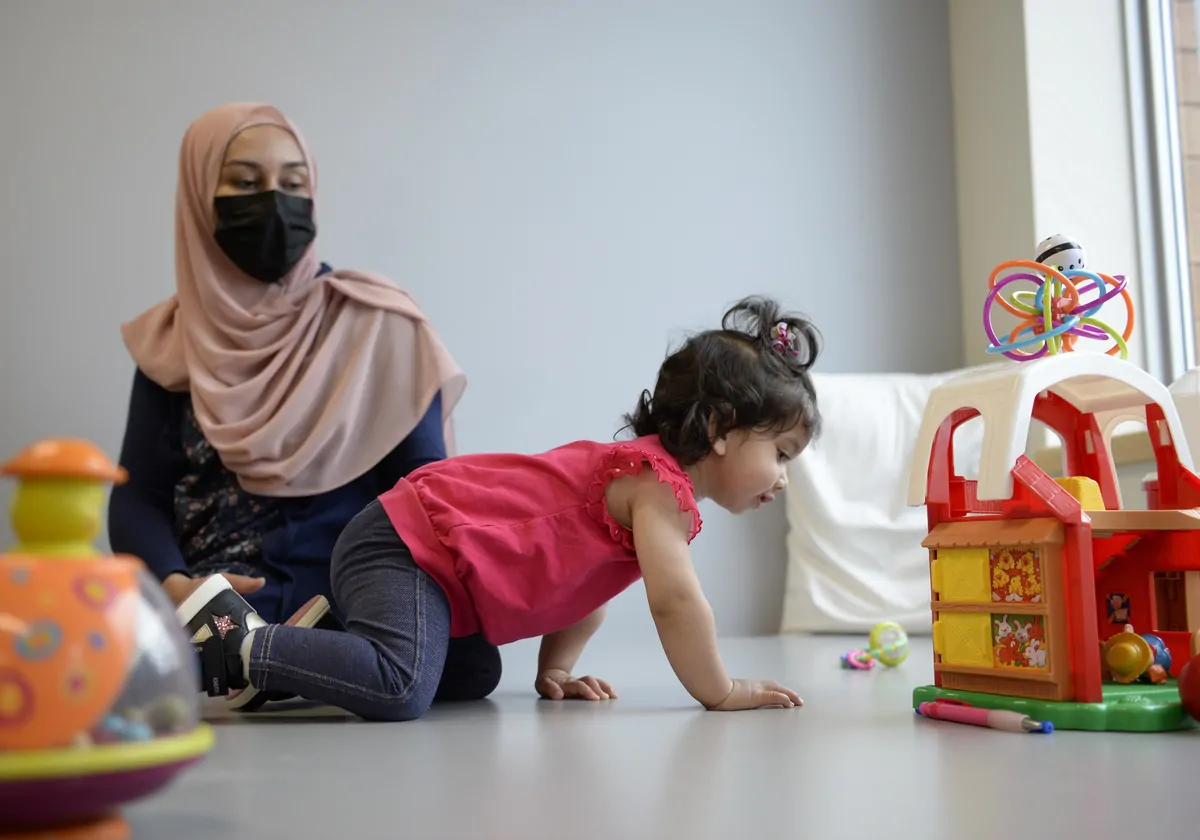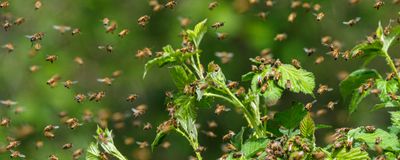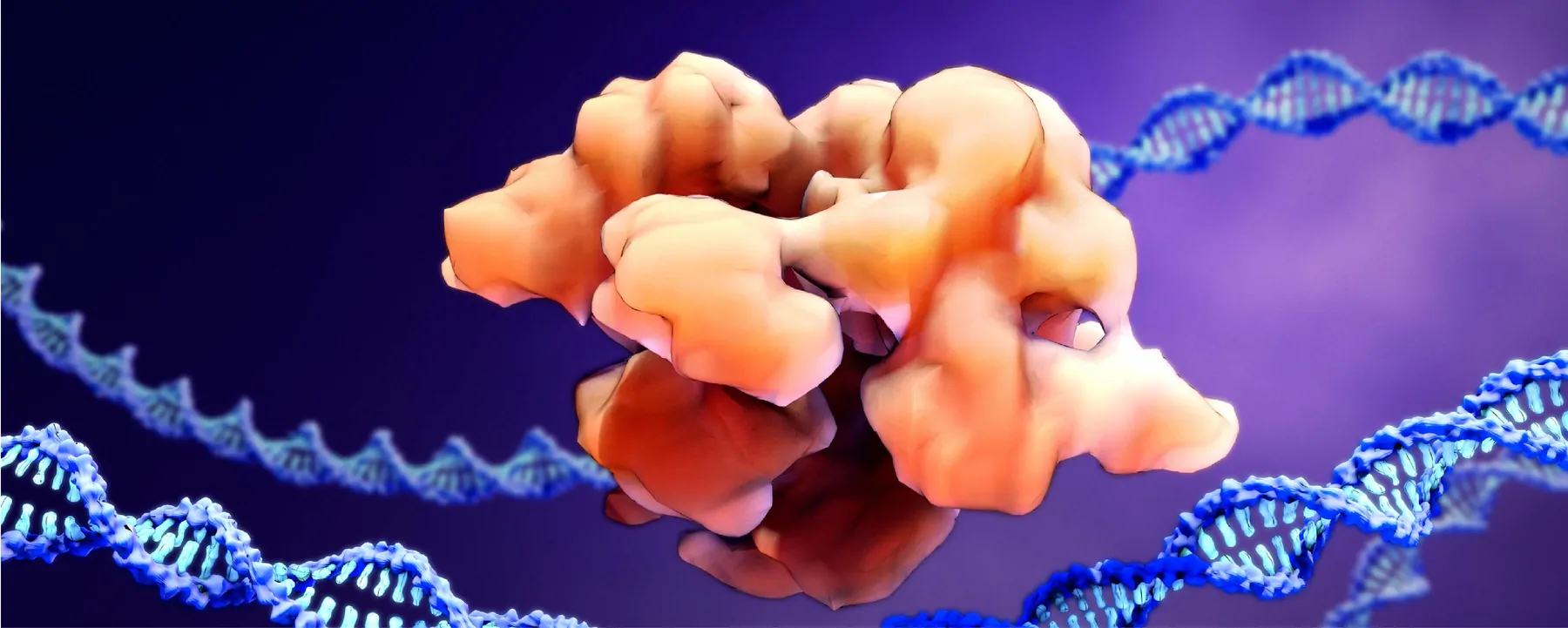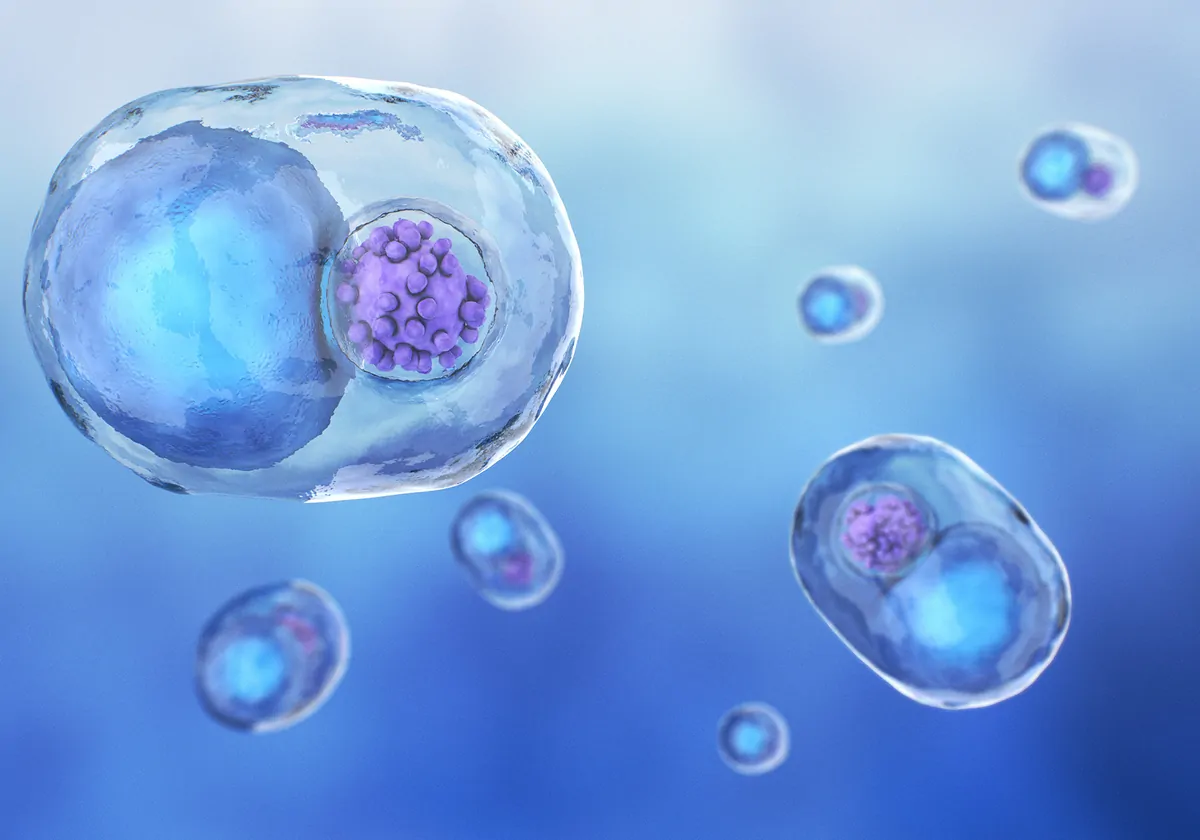Mechanically sensitive gut cells similar to touch sensors in the skin allow the intestine to feel and assess the physical properties of its contents.
The mammalian gut is self-sufficient. Its contents are physically isolated from the rest of the body by the intestinal lining, which forms a semipermeable barrier that allows the gut to digest food while confining potential foodborne pathogens.1 The vast network of nerve cells embedded in the intestinal lining—known as the “second brain”—interacts with sensory cells that assess the chemical and physical properties of the gut’s contents. This elegant system coordinates digestion autonomously, even if the vagus nerve—the main nerve carrying signals between the gut and brain—is cut.2
In a study published in Gastroenterology, Arthur Beyder, a gastroenterologist and associate professor at the Mayo Clinic in Rochester, Minnesota, and his team examined the role of mechanically-sensitive cells in the gut lining of mice.3 Similar to touch sensors in the skin, gut touch cells have specialized proteins called Piezo2 ion channels embedded in their membranes.4,5 Named for their piezoelectric properties—the ability of some materials to convert mechanical force into electricity—Piezo2 channels are activated in response to mechanical force, triggering an electrical signal that travels to surrounding nerve cells.6,7
“These very rare sensory cell populations [in the gut] drive changes locally as well as throughout the whole organism. Understanding how these cells respond to their environment has broad implications across disease pathology and throughout other organ systems,” said James Bayrer, a pediatric gastroenterologist and associate professor at the University of California, San Francisco, who was not involved in this study. The behavior of these cells is particularly relevant for gastrointestinal disorders where motility is disrupted, such as chronic constipation and irritable bowel syndrome.
Beyder’s team hypothesized that Piezo2 sensory cells in the gastrointestinal lining allow the gut to sense touch and coordinate digestion. They used single cell RNA-sequencing to identify these Piezo2+ cell populations and studied the cells’ physiology by genetically engineering them to respond to light. Selectively stimulating them in this way increased the frequency of gut contractions. They also eliminated Piezo2 from the gut lining of mice and tested gut transit using pellets with different mechanical and physical properties. Knocking out Piezo2 mechanical receptors caused the gut to “forget” how to manage solid particles.
Sea squirts are passive feeders, some of which respond to mechanical pressure by spilling their guts.
Beyder’s team concluded that these Piezo2 sensory cells allow the gut to sense the physical properties of its contents, redistribute those contents along its length, and regulate how often it contracts in response to these subtle mechanical forces. “The gut is interested in squeezing out every possible useful nutrient—like this independent machine that has its own little fingers that manipulate [its contents] without you ever having to think about it. When we take the colons out and put them in an organ bath, this mechanism is fully intact,” Beyder said. “If you go back in the evolutionary tree, you will find lower animals that have well-developed enteric nervous systems and guts, but not brains. The idea being that this autonomous [digestive] unit is all you need. One of the examples that I absolutely love is the sea squirt.”
Sea squirts are tube-shaped marine creatures that exist as autonomous digestive machines. As tadpole-like larvae, they search for a permanent perch on coral, rocks, or other hard surfaces. After latching on, they metamorphose into their mature form, reabsorb most of their rudimentary brain,8,9 and live as self-sufficient guts. Sea squirts feed passively on plankton and bacteria, which they ingest through one siphon, filter through their pharynx, and squirt out another.10 Occasionally, when hungry fish munch on these animals, the mechanical pressure of their bites can cause some sea squirts to eject their gastrointestinal tract, then play dead while they regenerate their digestive system.11
While the irritable bowels of sea squirts manifest very differently than that of humans, these creatures are also endowed with Piezo2 sensory cells.11-13 This is unsurprising given that sea squirts are closer to humans on the evolutionary tree than to similar-looking species that dwell in the shadowy enclaves of the sea.14 As far as the dark niches of the human body are concerned, Beyder mused, “The most interesting thing for me was that there is this role for tactile sensing in a place where the light doesn’t shine.”
References
- M. Vancamelbeke, S. Vermeire, “The intestinal barrier: a fundamental role in health and disease,” Expert Rev Gastroenterol Hepatol, 11(9):821-34, 2017.
- L. Ying, O. Chung, “Musings on the wanderer: what’s new in our understanding of vago-vagal reflexes? V. Remodeling of vagus and enteric neural circuitry after vagal injury,” Am J Physiol Gastrointest Liver Physiol, 285(3):G461-9, 2003.
- A.J. Treichel et al., “Specialized mechanosensory epithelial cells in mouse gut intrinsic tactile sensitivity,” Gastroenterology, 162(2):535-47, 2022.
- F. Wang et al., “Mechanosensitive ion channel Piezo2 is important for enterochromaffin cell response to mechanical forces,” J Physiol, 595:79–91, 2017.
- C. Alcaino et al., “A population of gut epithelial enterochromaffin cells is mechanosensitive and requires Piezo2 to convert force into serotonin release,” PNAS, 115:E7632–41, 2018.
- Y. Cheng, “TRPV1 and Piezo: the 2021 Nobel Prize in Physiology or Medicine,” IUCrJ, 9(Pt 1):4-5, 2021.
- B. Coste et al., “Piezo1 and Piezo2 are essential components of distinct mechanically activated cation channels,” Science, 330(6000):55-60, 2010.
- G.O. Mackie, P. Burighel, “The nervous system in adult tunicates: current research directions,” Can J Zool, 83(1):151-83, 2005.
- I.A. Meinertzhagen, Y. Okamura, “The larval ascidian nervous system: the chordate brain from its small beginnings,” Trends Neurosci, 24(7):401-10, 2001.
- J.K. Petersen, “Ascidian suspension feeding,” J Exp Mar Biol Ecol, 342(1):127-37, 2007.
- N. Shenkar, T. Gordon, “Gut-spilling in chordates: Evisceration in the tropical ascidian Polycarpa mytiligera,” Sci Rep, 5:9614, 2015.
- Genome.jp. 2022. KEGG T01056: 100185517, Available at: https://www.genome.jp/entry/cin:100185517, Accessed 2 June 2022.
- L.A. Bezares-Calderón et al., “Diversity of cilia-based mechanosensory systems and their functions in marine animal behaviour,” Philos Trans R Soc Lond B Biol Sci, 375(1792): 20190376, 2020.
- F. Delsuc et al., “Tunicates and not cephalochordates are the closest living relatives of vertebrates,” Nature, 439(7079):965-8, 2006.

